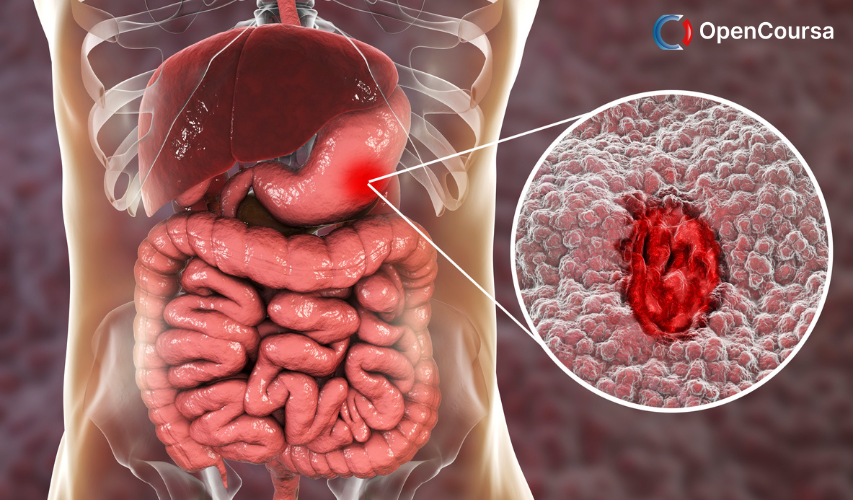Home » Course Layouts » Free Course Layout Udemy
The manufacturing and engineering industry information on this page is a health and safety package for a person conducting a business or undertaking, managers and workers of small, medium and large sized businesses as well as those training to enter the workplace.
0
59
English
English [CC]
- Learn basic syntax that can apply to any language.
- Learn what is a programming language and the basic concepts for beginners.
- Understand what is Javascript in it's truest form.
- Know the basic syntax of Javascript.
- Know some hidden quirks in Javascript.
Description
Course Overview
The manufacturing and engineering module will build upon knowledge gained in the General work health and safety module and provide participants with a greater understanding and knowledge of hazards and issues in the manufacturing and engineering industry. The manufacturing and engineering industry includes a wide range of industry sectors - metal fabrication, metal manufacturing, aero skills, metal machining, transport equipment manufacturing, electrical equipment and appliance manufacturing, and industrial machinery and equipment manufacturing. Working in the manufacturing and engineering industry involves:- constructing, assembling, installing, modifying, repairing and maintaining machines;
- assembling, making parts, equipment, machines, instruments and tools;
- designing machinery, parts, computer hardware and electronic circuits, using 3D graphics and drafting skills; and,
- managing clients and workers, overseeing quotas and information and leading projects.
Course Units
- Mechanical equipment
- Welding
- Forklifts
- Hazardous substances
- Manual handling
- Slips, trips and falls
- Electrical safety
- Noise
- Related resources
- Contact options
Learning Outcomes:
By the end of this course, a learner should:- Evaluate workplace to determine the existence of occupational safety and health hazards
- Identify relevant regulatory and national consensus standards along with best practices that are applicable.
- Select appropriate control methodologies based on the hierarchy of controls
- Analyze injury and illness data for trends.
Course Objectives:
Learners will be able to recognize and evaluate occupational safety and health hazards in the workplace, and to determine appropriate hazard controls following the hierarchy of controls. Students will furthermore be able to analyze the effects of workplace exposures, injuries and illnesses, fatalities and the methods to prevent incidents using the hierarchy of controls, effective safety and health management systems and task-oriented training.Career Opportunities:
Some of the job titles for people employed in this field include:- Occupational Health and Safety (OHS) Specialist
- Occupational Health and Safety (OHS) Inspector
- Health and Safety Practitioner
- Occupational Health Practitioner/Nurse
- Industrial Hygienist
- Environmental Protection Officer
- Environmental Health and Safety Advisor
- Compliance Officer
- Wellness Specialist
- Chief Safety Officer
- Mine Examiner
- SHE Officer
To work in occupational health and safety, you will need:
- A relevant qualification and/or relevant training
- Knowledge of relevant legislation and industry practices
- Practical experience
- Good references
You will also need certain personal characteristics:
- Communication skills
- Negotiation skills
- Analytical thinking skills
- Problem-solving skills
- Willingness to take responsibility
- Good attention to detail
- Tactfulness
Course content
-
- Mechanical equipment 07:00:00
-
- Welding 01:20:00
- Forklifts 05:00:00
- Forklift Checklist 28, 00:00
- Manual handling 02:00:00
- Electrical safety 04:00:00
- Electrical Safety Checklist 28, 00:00
N.A
- 5 stars0
- 4 stars0
- 3 stars0
- 2 stars0
- 1 stars0
No Reviews found for this course.
Instructor
OpenCoursa
Accessible Education for Everyone
5
5
6
24772
4637
We are an educational and skills marketplace to accommodate the needs of skills enhancement and free equal education across the globe to the millions. We are bringing courses and trainings every single day for our users. We welcome everyone woth all ages, all background to learn. There is so much available to learn and deliver to the people.
Explore Free Courses
Access valuable knowledge without any cost.
{"title":"","show_title":"0","post_type":"course","taxonomy":"course-cat","term":"engineering-skills,health-and-safety","post_ids":"","course_style":"free","featured_style":"course6","masonry":"","grid_columns":"clear4 col-md-3","column_width":"268","gutter":"30","grid_number":"4","infinite":"","pagination":"","grid_excerpt_length":"20","grid_link":"1","grid_search":"0","course_type":"","css_class":"","container_css":"","custom_css":""}










